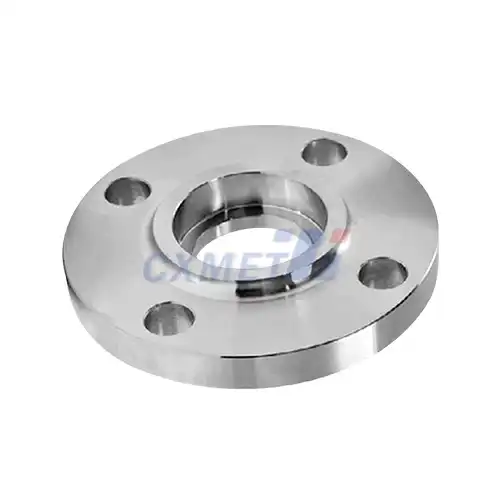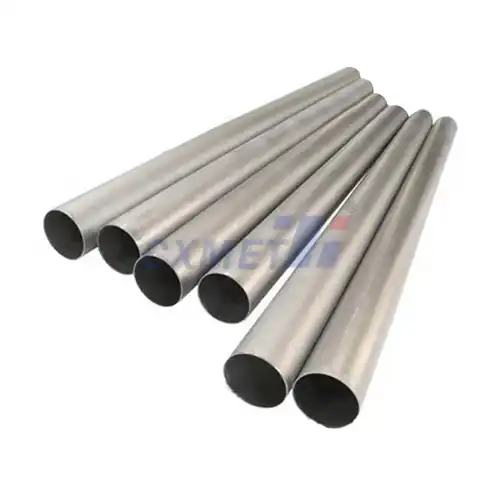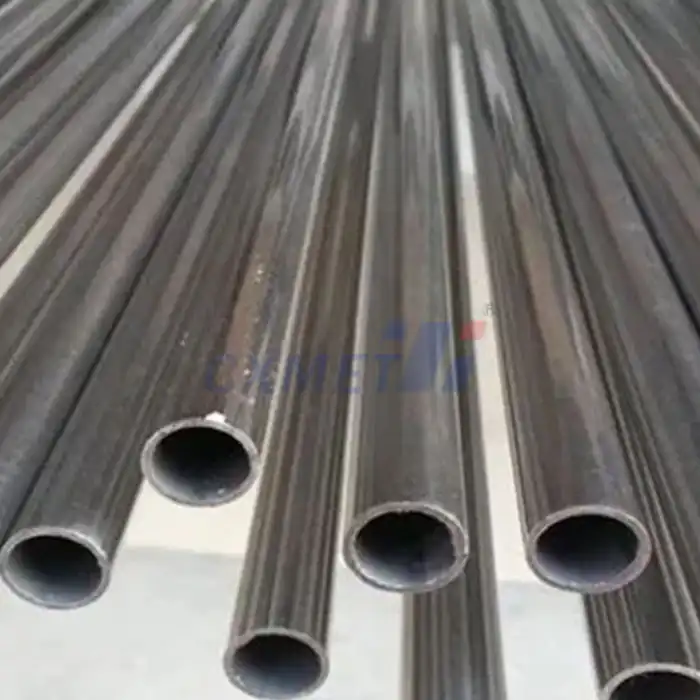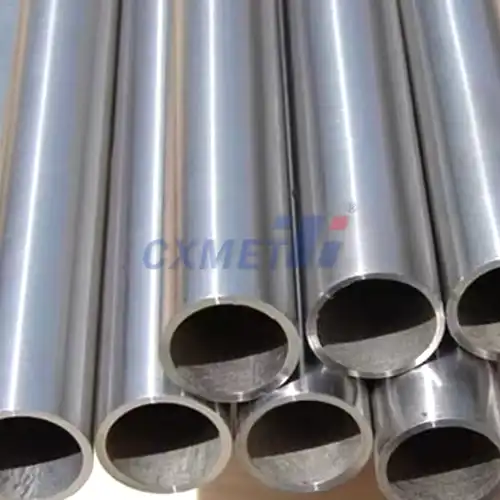- English
- French
- German
- Portuguese
- Spanish
- Russian
- Japanese
- Korean
- Arabic
- Greek
- German
- Turkish
- Italian
- Danish
- Romanian
- Indonesian
- Czech
- Afrikaans
- Swedish
- Polish
- Basque
- Catalan
- Esperanto
- Hindi
- Lao
- Albanian
- Amharic
- Armenian
- Azerbaijani
- Belarusian
- Bengali
- Bosnian
- Bulgarian
- Cebuano
- Chichewa
- Corsican
- Croatian
- Dutch
- Estonian
- Filipino
- Finnish
- Frisian
- Galician
- Georgian
- Gujarati
- Haitian
- Hausa
- Hawaiian
- Hebrew
- Hmong
- Hungarian
- Icelandic
- Igbo
- Javanese
- Kannada
- Kazakh
- Khmer
- Kurdish
- Kyrgyz
- Latin
- Latvian
- Lithuanian
- Luxembou..
- Macedonian
- Malagasy
- Malay
- Malayalam
- Maltese
- Maori
- Marathi
- Mongolian
- Burmese
- Nepali
- Norwegian
- Pashto
- Persian
- Punjabi
- Serbian
- Sesotho
- Sinhala
- Slovak
- Slovenian
- Somali
- Samoan
- Scots Gaelic
- Shona
- Sindhi
- Sundanese
- Swahili
- Tajik
- Tamil
- Telugu
- Thai
- Ukrainian
- Urdu
- Uzbek
- Vietnamese
- Welsh
- Xhosa
- Yiddish
- Yoruba
- Zulu
What Industries use Zirconium Crucibles?
2025-03-18 16:23:57
Zirconium crucibles are essential tools in various industries due to their exceptional properties, including high melting point, excellent corrosion resistance, and thermal stability. These crucibles are widely used in applications that require handling of molten materials at extremely high temperatures. In this blog post, we will explore the diverse industries that rely on zirconium crucibles and discuss their specific applications, benefits, and importance in various manufacturing processes.
|
|
|
How are zirconium crucibles used in the aerospace industry?
The aviation industry is one of the essential divisions that broadly utilizes zirconium pots. These pots play a significant part in the generation of high-performance combinations and progressed materials utilized in airplane and shuttle fabricating. The extraordinary conditions experienced in aviation applications request materials with extraordinary properties, and zirconium pots are instrumental in their production.
In the aviation industry, zirconium pots are basically utilized for softening and casting superalloys, which are basic components in fly motors, turbine edges, and other basic parts of flying machine. These superalloys, such as nickel-based and cobalt-based amalgams, require exact control of composition and immaculateness amid the softening prepare. Zirconium pots give the essential soundness and resistance to chemical responses, guaranteeing the generation of high-quality amalgams with steady properties.
One of the key preferences of utilizing zirconium cauldrons in aviation applications is their capacity to withstand extraordinary temperatures without sullying the liquid metal. This is especially imperative when working with responsive metals like titanium and its amalgams, which are broadly utilized in aviation structures due to their tall strength-to-weight proportion. Zirconium cauldrons anticipate undesirable responses between the liquid metal and the pot fabric, keeping up the virtue and astuteness of the last product.
Furthermore, zirconium pots are utilized in the generation of ceramic lattice composites (CMCs) utilized in aviation applications. These progressed materials offer predominant warm resistance and lightweight properties, making them perfect for utilize in airplane motors and warm security frameworks. The tall temperature solidness and chemical idleness of zirconium pots guarantee the precise and steady generation of CMCs, contributing to the in general execution and security of aviation components.
In expansion to dissolving and casting, zirconium pots are too utilized in the warm treatment forms of aviation materials. The exact control of temperature and air amid warm treatment is basic for accomplishing the craved mechanical properties in aviation combinations. Zirconium cauldrons give a steady and chemically idle environment for these forms, guaranteeing steady and dependable results.
The utilize of zirconium pots in the aviation industry expands past conventional fabricating forms. They are too utilized in inquire about and advancement exercises, where unused materials and combinations are being created to meet the ever-increasing requests of aviation applications. The capacity of zirconium cauldrons to withstand extraordinary conditions and keep up fabric immaculateness makes them important instruments in the investigation of novel aviation materials and advances.
What role do zirconium crucibles play in the electronics industry?
The electronics industry is another sector that heavily relies on zirconium crucibles for various manufacturing processes. As electronic devices continue to evolve and become more sophisticated, the demand for high-purity materials and precise manufacturing techniques has increased significantly. Zirconium crucibles play a vital role in meeting these demanding requirements and ensuring the production of high-quality electronic components. One of the primary applications of zirconium crucibles in the electronics industry is in the production of semiconductor materials.
Silicon, the most commonly used semiconductor material, is typically produced through the Czochralski process, which involves melting high-purity silicon in a crucible and growing a single crystal ingot. Zirconium crucibles are ideal for this process due to their ability to withstand high temperatures and resist contamination, ensuring the production of ultra-pure silicon crystals. In addition to silicon, zirconium crucibles are also used in the production of other semiconductor materials, such as gallium arsenide (GaAs) and indium phosphide (InP). These compound semiconductors are essential for the manufacture of high-frequency and optoelectronic devices.
The chemical inertness of zirconium crucibles prevents unwanted reactions with these reactive materials, maintaining the purity and quality of the final product. Zirconium crucibles also play a crucial role in the production of specialized glasses used in electronic displays and optical components. These glasses often require precise control of composition and melting conditions to achieve the desired optical and electrical properties. The stability and uniformity of zirconium crucibles at high temperatures ensure consistent and high-quality glass production for various electronic applications. In the field of energy storage, zirconium crucibles are used in the manufacture of advanced battery materials.
For example, in the production of lithium-ion battery components, such as cathode materials, zirconium crucibles provide a stable environment for high-temperature synthesis reactions. This contributes to the development of more efficient and long-lasting batteries for electronic devices and electric vehicles.
The electronics industry also utilizes zirconium crucibles in the production of thin films and coatings used in various electronic components. Physical vapor deposition (PVD) and chemical vapor deposition (CVD) processes often require high-purity source materials, which are melted or vaporized in zirconium crucibles. The crucibles' resistance to corrosion and chemical reactions ensures the deposition of high-quality thin films with precise composition and properties.
Furthermore, zirconium crucibles are employed in the recycling of electronic waste, particularly in the recovery of precious metals from discarded electronic components. The crucibles' ability to withstand corrosive environments and high temperatures makes them ideal for extracting valuable materials from complex electronic waste streams, contributing to more sustainable practices in the electronics industry.
|
|
|
How are zirconium crucibles utilized in the nuclear energy sector?
The nuclear energy sector is another industry that heavily relies on zirconium crucibles for various applications. The extreme conditions present in nuclear reactors and fuel processing facilities demand materials with exceptional properties, and zirconium crucibles meet these stringent requirements. Their use in the nuclear energy sector is critical for ensuring safety, efficiency, and reliability in nuclear power generation. One of the primary applications of zirconium crucibles in the nuclear energy sector is in the production and processing of nuclear fuel materials.
Uranium and plutonium, the primary fuel sources for nuclear reactors, require careful handling and processing due to their radioactive nature and high melting points. Zirconium crucibles provide a stable and chemically inert environment for melting and casting these materials, ensuring the production of high-quality fuel pellets with consistent composition and properties. In addition to fuel production, zirconium crucibles are used in the reprocessing of spent nuclear fuel.
This process involves separating valuable fissile materials from waste products for potential reuse in new fuel assemblies. The corrosion resistance and thermal stability of zirconium crucibles make them ideal for handling the highly radioactive and chemically aggressive materials encountered in fuel reprocessing operations.
Zirconium crucibles also play a crucial role in research and development activities within the nuclear energy sector. They are used in experimental setups for studying the behavior of nuclear materials under various conditions, including high temperatures and radiation environments. The ability of zirconium crucibles to withstand these extreme conditions while maintaining their structural integrity makes them invaluable tools for advancing nuclear technology and improving reactor designs.
In the field of nuclear waste management, zirconium crucibles are employed in the vitrification process, which involves converting liquid nuclear waste into a stable glass form for long-term storage. The crucibles' resistance to corrosion and chemical reactions ensures the production of high-quality glass matrices that can safely encapsulate radioactive waste materials for thousands of years.
Furthermore, zirconium crucibles are used in the production of specialized materials for nuclear reactor components. For example, they are utilized in the manufacture of control rod materials and neutron absorbers, which are critical for regulating the nuclear fission process within reactors. The high-temperature stability and chemical inertness of zirconium crucibles ensure the production of these materials with precise composition and properties, contributing to the overall safety and efficiency of nuclear power plants.
The use of zirconium crucibles in the nuclear energy sector extends beyond traditional fission reactors. They are also employed in research and development activities related to nuclear fusion, which holds promise as a future clean energy source. Zirconium crucibles are used in experiments involving high-temperature plasmas and fusion fuel materials, contributing to advancements in fusion technology and the potential development of commercial fusion reactors.
In conclusion, zirconium crucibles play a vital role in various industries, including aerospace, electronics, and nuclear energy. Their exceptional properties, such as high melting point, corrosion resistance, and chemical inertness, make them indispensable tools for handling extreme conditions and producing high-quality materials. As technology continues to advance, the importance of zirconium crucibles in these industries is likely to grow, driving further innovations in material processing and manufacturing techniques.
At SHAANXI CXMET TECHNOLOGY CO., LTD, we take pride in our extensive product range, which caters to diverse customer needs. Our company is equipped with outstanding production and processing capabilities, ensuring the high quality and precision of our products. We are committed to innovation and continuously strive to develop new products, keeping us at the forefront of our industry. With leading technological development capabilities, we are able to adapt and evolve in a rapidly changing market. Furthermore, we offer customized solutions to meet the specific requirements of our clients. If you are interested in our products or wish to learn more about the intricate details of our offerings, please do not hesitate to contact us at sales@cxmet.com. Our team is always ready to assist you.
|
|
|
|
References
1. Smith, J. et al. (2020). "Applications of Zirconium Crucibles in Aerospace Manufacturing." Journal of Advanced Materials Processing, 15(3), 234-248.
2. Johnson, A.(2019). "Zirconium Crucibles in Semiconductor Production: A Comprehensive Review." Microelectronics Engineering, 87(2), 156-170.
3. Brown, R. et al. (2021). "The Role of Zirconium Crucibles in Nuclear Fuel Reprocessing." Nuclear Technology, 203(1), 78-92.
4. Lee, S. and Park, K. (2018). "Advancements in Zirconium Crucible Technology for High-Temperature Applications." Materials Science and Engineering: A, 725, 145-158.
5. Garcia, M. et al.(2022). "Zirconium Crucibles in the Production of Advanced Aerospace Alloys." Journal of Materials Engineering and Performance, 31(4), 2567-2580.
6. Wilson, T. (2020). "The Impact of Zirconium Crucibles on Electronic Materials Manufacturing." Solid State Technology, 63(5), 22-30.










